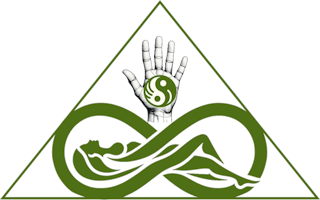The Superficial Back Line Myofascial Meridian
The superficial back line (SBL) myofascial meridian is a continuous chain of muscles and connective tissue, or fascia, running along the posterior (back) side of the body from the soles of the feet to the top of the skull. This concept was introduced by Thomas W. Myers in his book “Anatomy Trains,” which offers a holistic understanding of human anatomy and movement by examining the interconnectedness of muscles and fascia throughout the body.
The SBL is one of several myofascial meridians described by Myers, and its primary function is to maintain and control the extension of the spine, as well as assist in postural stability and support. The SBL consists of the following muscles and connective tissues, in a continuous line:
- Plantar fascia: A thick band of tissue that connects the heel bone to the toes, providing support to the arch of the foot.
- Achilles tendon: A strong, fibrous cord that connects the calf muscles (gastrocnemius and soleus) to the calcaneus (heel bone).
- Gastrocnemius and soleus muscles: The primary muscles of the calf, which function together to plantar flex the ankle.
- Hamstrings: A group of three muscles (semitendinosus, semimembranosus, and biceps femoris) at the back of the thigh, responsible for flexing the knee and extending the hip.
- Sacrotuberous ligament: A thick, triangular-shaped ligament connecting the sacrum (base of the spine) to the ischial tuberosity (sit bone) of the pelvis.
- Erector spinae muscles: A group of muscles and tendons running along the length of the spine, responsible for the extension and stabilization of the vertebral column.
- Thoracolumbar fascia: A dense, fibrous connective tissue that attaches the muscles of the lower back to the spine and pelvis.
- Splenius and trapezius muscles: The splenius muscles (splenius capitis and splenius cervicis) extend the head and neck, while the trapezius muscle stabilizes and moves the scapula (shoulder blade).
- Occipitalis muscle: A thin muscle at the back of the skull, responsible for moving the scalp and forehead.
Understanding the superficial back line myofascial meridian is important for movement professionals, such as physical therapists, personal trainers, and yoga instructors, as it provides insights into how dysfunction in one part of the chain can affect other areas. Addressing imbalances or restrictions within the SBL can improve overall posture, movement quality, and reduce the risk of injury.
